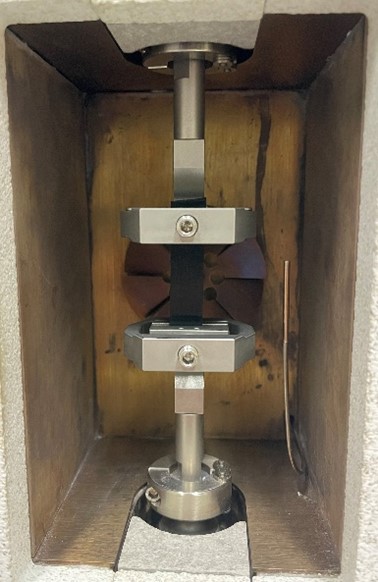Calibration of a Hyperviscoelastic Material Model for Silicone Structural Glazing Joints in the Context of Earthquakes
DOI:
https://doi.org/10.47982/cgc.9.538Downloads

Abstract
Structural glazing joints in glass construction are subject to dynamic earthquake loads in certain regions. To date, however, there is no recognized proposal for the design of such situations. The verification for earthquake loads is either neglected for glass structures or carried out with equivalent values for the entire building. Not considering the behaviour of the bonded joints under dynamic loading might be insufficient, especially in the presence of heavy glass elements. Dynamic loads on bonded glass constructions with silicones or polyurethanes influence the structural design concerning resistance and influence. The load-bearing capacity of the structural sealant might be reduced on the one-hand side, while the impact on the bond might be decreased on the other-hand side. A more thorough investigation of the structural performance of silicone within bonded glass structures under different loading scenarios is urgently required and an appropriate material model is essential. The calibration of this model is crucial to better understand the performance under dynamic loading. A hyperviscoelastic material model, which considers time-dependent properties and large deformations, seems promising. The aim is to identify the material parameters for this model based on dynamic mechanical thermal analysis and tensile tests.
Published
Issue
Section
Adhesives & Composites
License
Copyright (c) 2024 Tom Reisewitz, Alexander Pauli, Geralt Siebert

This work is licensed under a Creative Commons Attribution 4.0 International License.



